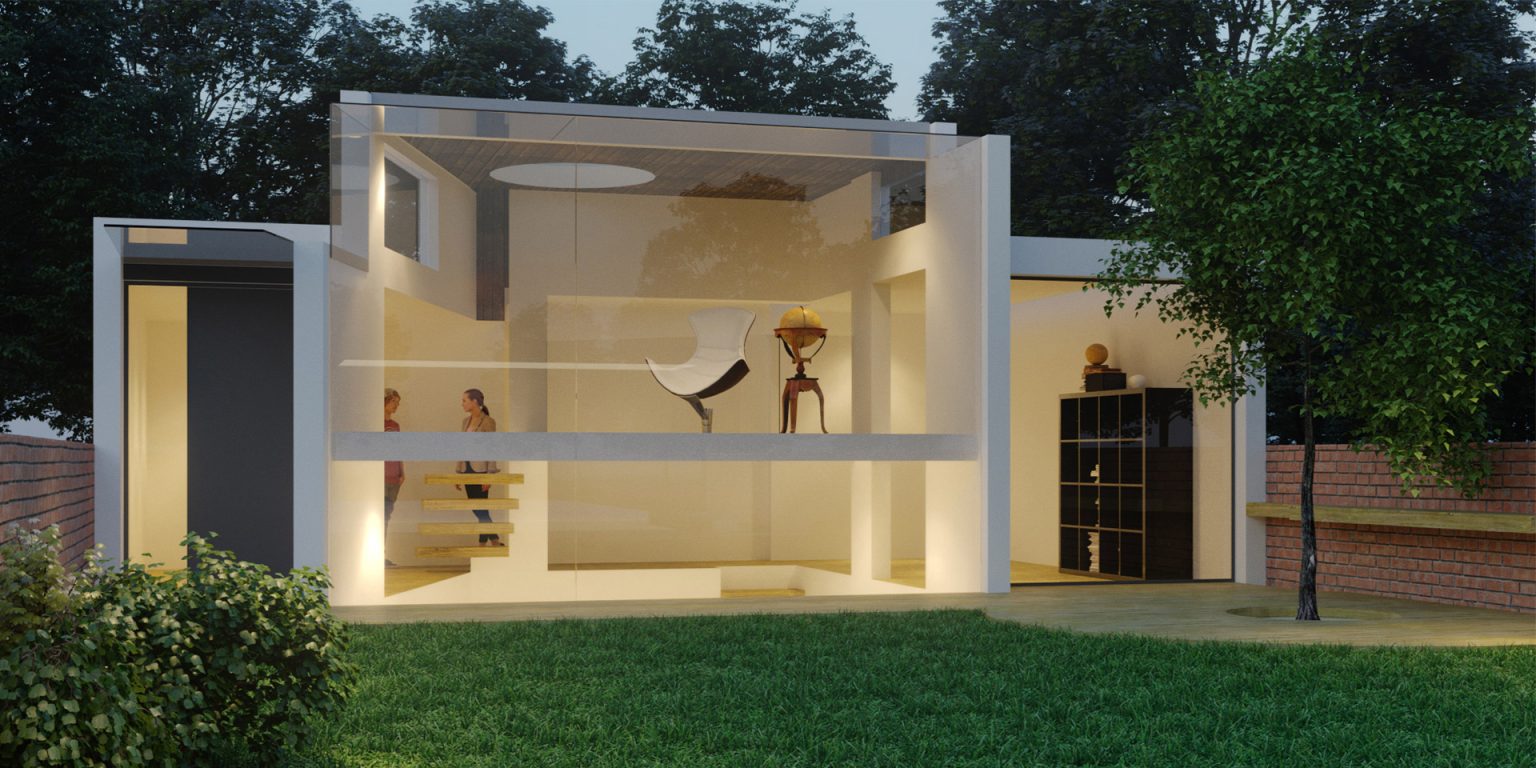Is the home office trending? This week in the studio we’re exploring the idea of the ‘home office’. As the advancement of technology allows us to become more connected through video conversations and tele-con such as Skype, FaceTime and even the big social media giants such as Facebook and Instagram implementing live video feed channels, more of us are choosing to cut down on our hours in the office and are opting to work remotely.
Many of our clients have approached us to help think of design solutions that can help them to relieve the stress of the commute and enable them to spend more time with their families/friends in the long run without hindering their work productivity. So we’re exploring how architectural design can achieve this.
One stigma that surrounds working from home (WFH), is the thought of becoming easily distracted. However studies show that you are more likely to get sidetracked in the office by the numerous day to day distractions such as Rachael’s birthday cake in the tea room or Mark ranting on about something banal that happened to him on the weekend. But is this something that working from home can solve? or are you more likely to be distracted or slack off in the comfort of your own home?
One solution to this that we have been experimenting with for the home studio/office is the physical separation of the work space. Whether it be an ancillary building or a clever design move that creates a breakout space within the home the dissection of work and personal life will help to drive an all round productivity. Although they may be under the same roof, by designing separate spaces dedicated to work and personal life, the psychological affiliation that will develop between the spaces and their respective programatic functions will naturally lead to increased focus within the spaces that are designed for work, and more relaxation in the personal/play spaces.
The feedback that we have had from clients which have built home offices with us have been of mixed review. Whilst the WFH concept has worked exceptionally for some who have began to work permanently from home, others who have said that working from home a few days a week as been extremely beneficial to their work and personal lives, to some who couldn’t engage with the process and found that they simply didn’t have the motivation to work in the comfort of their own home, but have effectively used the building as a breakout space (in one case a ‘garden yoga studio’).
As we continue to explore the WFH concept and discover and experiment with design solutions that could provide various angles to it we have certainly found that it is a way of living that is becoming ever popular and has a multitude of benefits
such as cutting your carbon footprint, leading to a possible increased efficiency in your life, commuting costs are decreased, more time spent with family/friends. Some drawbacks include the loss of the workspace ‘culture,’ and face to face interaction with colleagues. Whilst working better for some people more than others we have found that an optimum solution seems to be a combination of WFH and office working, but if you do choose to work from home, no matter how many days a week then why not have the space to do it!




